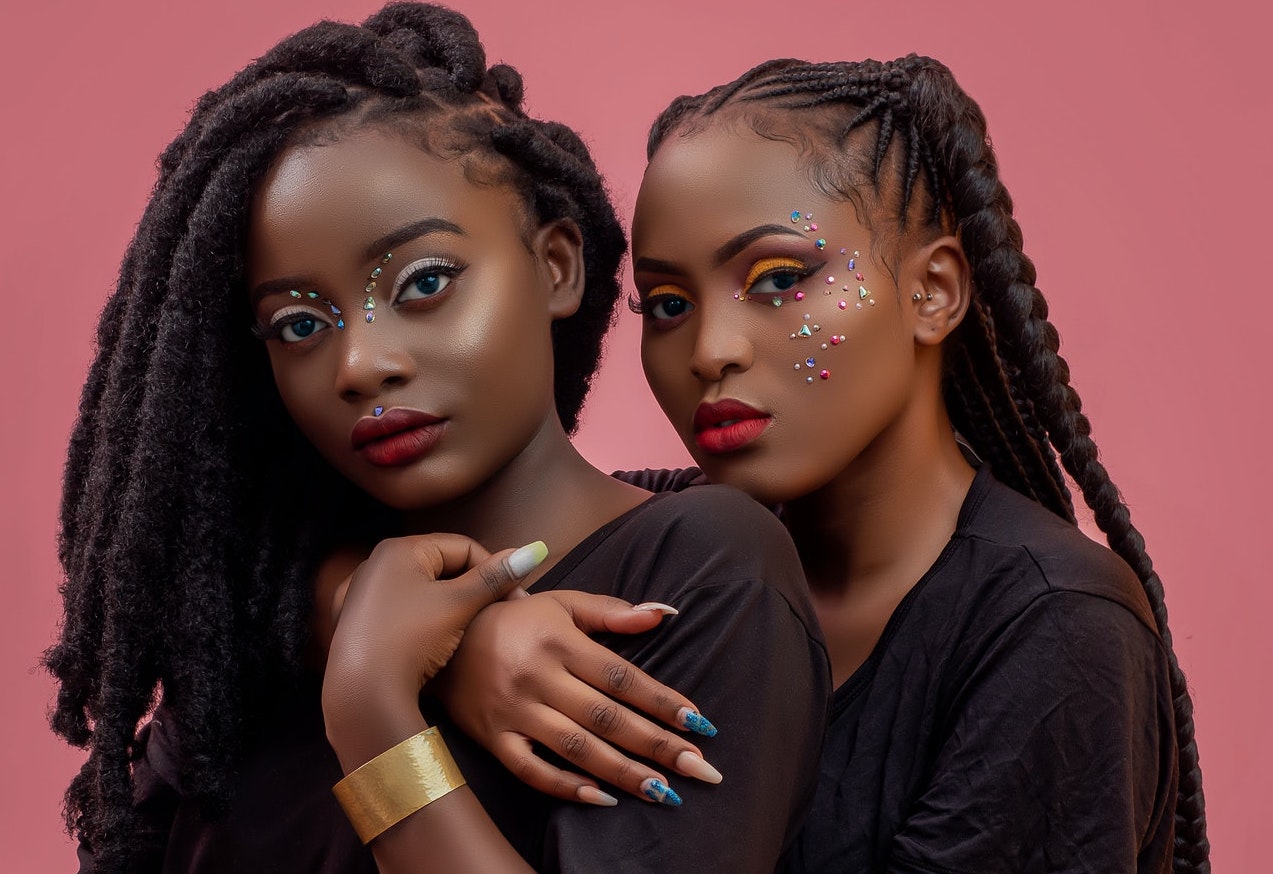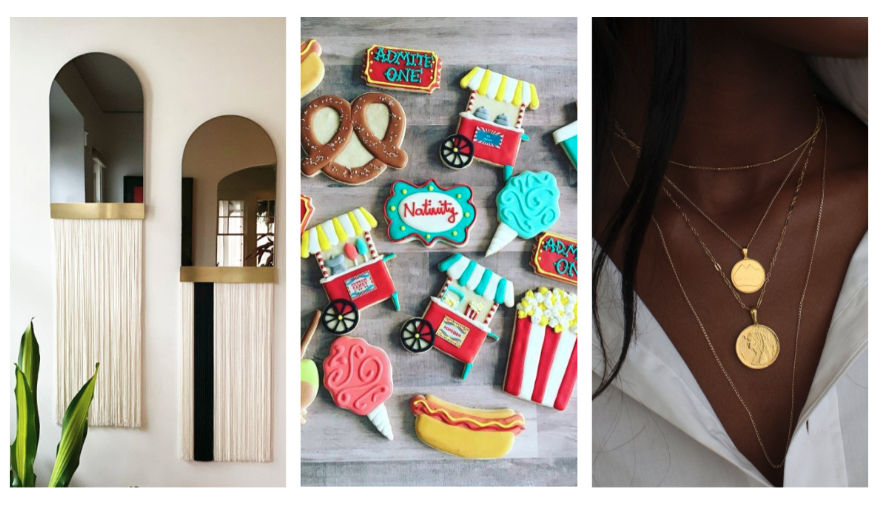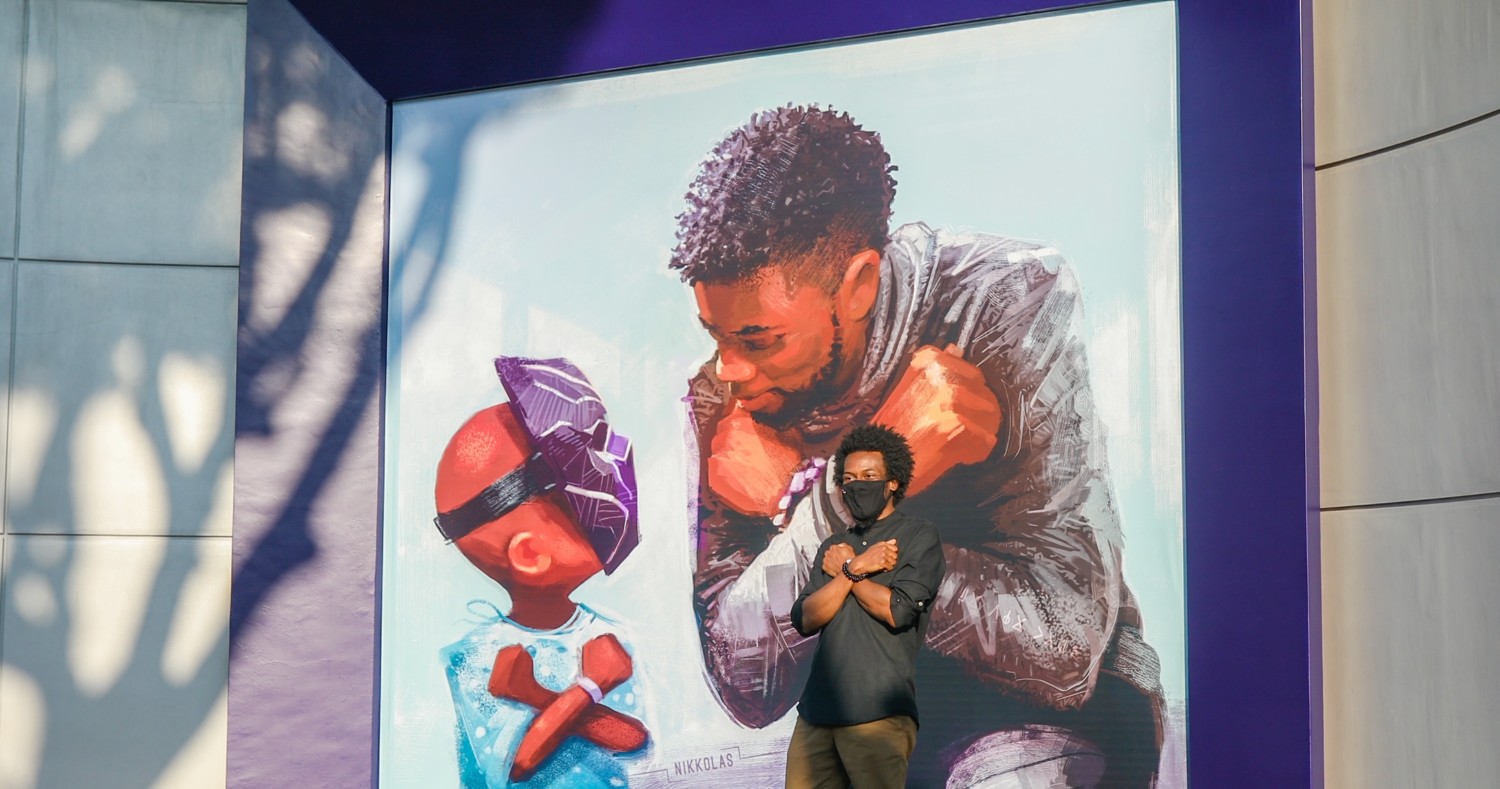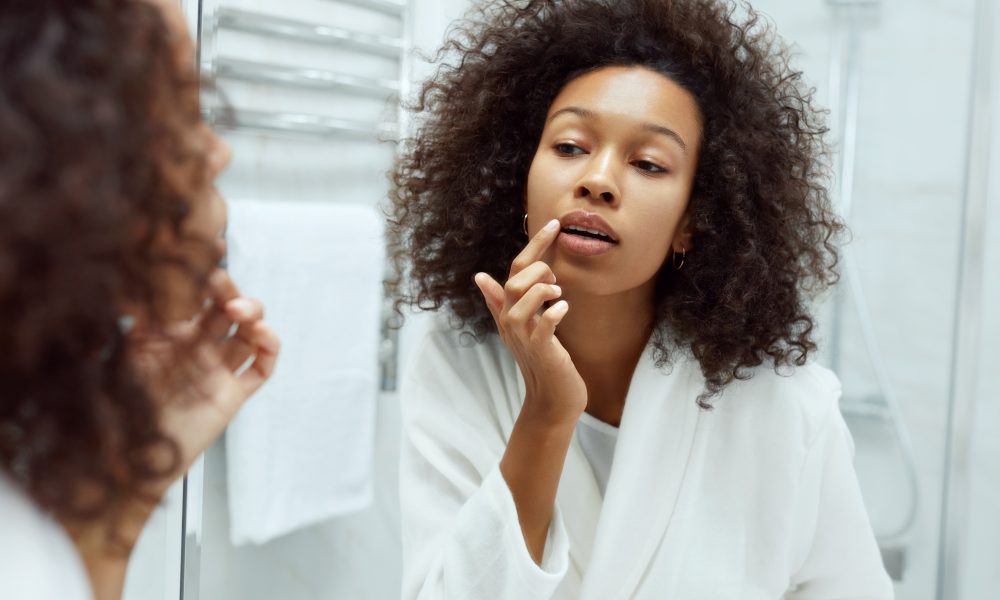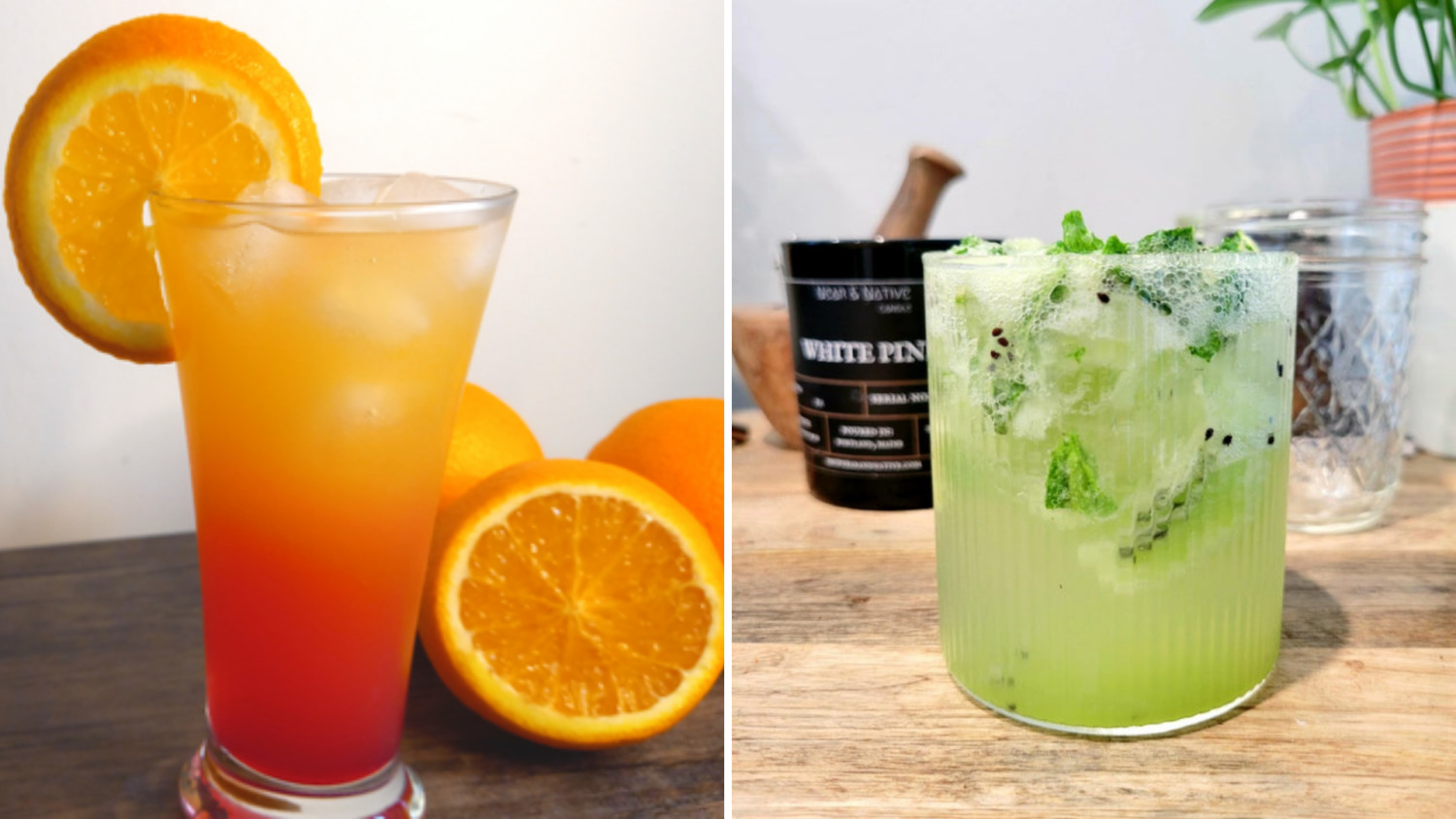When it comes to putting together that perfect outfit for a special occasion, nothing completes the look like a fresh set of box braids or a curly crochet weave. Protective styles are a must for on-the-go naturalistas.
Unfortunately, the joy that comes with these fuss-free styles can turn into shock and sadness when it’s time to take them down. You carefully unravel your hair from the style, only to discover damaged ends, hair breakage, or even worse, hair loss.
“It’s like you’ve gotten this style to protect your hair, but now it’s defeated the purpose,” Hair Stylist Jasmin Stepter of KJohns Coiffure Salon in New Orleans told Bounce. After more than 15 years in the hair-styling industry, Stepter has seen her share of protective styles gone wrong — and not just from new clients seeking help.
“I have a homegirl who had healthy hair and full edges. She let somebody do box braids [on her] and they did them too tightly. Now, she has traction alopecia on the front and both sides of her scalp,” Stepter said.
Protective styles are designed to promote healthy hair growth and give your hair a break from the constant manipulation that comes with daily styling.
“You’re not manipulating it too much, combing at it, yanking at it and doing a bunch of different styles,” Stepter said. “With protective styles, you’re literally leaving your hair alone to let it do its thing.”
For a protective style to truly protect your hair, it’s important to choose one that won’t snatch your edges. Picking the right style essentially boils down to four factors: the condition of your hair before installation, your natural hair type, using proper installation techniques and maintaining your hair through the duration of the style.
Here are some of the best protective styles to achieve healthy hair.
1. Flat twists, two-strand twists, twist-outs or braid-outs
Great for: Natural, coarse hair.
Recommended duration of style: One to two weeks.
Pro tip: Thoroughly shampoo your hair, use a deep conditioner and fully detangle hair prior to wearing these styles.
“I like this style a lot because you can get two looks from it,” Stepter said. “You can wear your hair in twists, braids or cornrows and then you can take it loose and have another style altogether.”
2. Box braids, Havana twists, faux passion twists, Senegalese twists
Great for: Coarse, thick hair.
Recommended duration of style: Up to three months
Pro tip: Make sure they’re not installed too tightly in order to avoid breakage or hair loss.
“Hair tension is the biggest issue. If it feels tight as they’re putting your braids in, or if you can see the skin pulling, it’s way too tight,” Stepter explained. “It’s OK to leave out the baby hair for your edges.”
3. Crochet hair and feeder braids
Great for: Thinning or damaged hair.
Recommended duration of style: One to three months.
Pro tip: Try different braid patterns to achieve full coverage.
“This is one of my favorite styles to do because it doesn’t matter what type of hair you have. If it’s someone with finer hair, I can braid their hair a certain way along the edges instead of going straight back so that when I add the crochet hair, it doesn’t pull too much on your own hair,” Stepter said.
4. Full sew-in weaves
Great for: All hair types.
Recommended duration of style: Two to three months.
Pro tip: Don’t leave any of your own hair out.
“A leave out is always risky because it leaves too much to chance,” Stepter said. “When you take it down, you’ll have all of this long beautiful hair that’s been put away and protected, and then the part that was left is damaged because you didn’t take care of it.”
5. Wigs
Great for: All hair types, including thinning, damaged or loss of hair.
Recommended duration of style: Varies, depending on personal preference.
Pro tip: Be sure to care for your hair throughout the duration of the style.
“This is a great style if you can’t do a sew-in weave. You can wash and condition your own hair and just do regular, straight back braids. That way you can oil your scalp easily,” Stepter said.
Keep in mind: the takedown
In addition to choosing a style, the way you take down your protective style is equally important. Always be mindful that your hair has been continuing to grow underneath, even when it was out of sight. So don’t be alarmed by the amount of shed or matted hair, Stepter said. Instead, carefully comb out each section of your hair, starting from the bottom and working your way up to remove as much shed hair as possible before adding shampoo and conditioner.
Product must-haves
While a protective style is important, so are the products you use to care for your hair. Here are some of Stepter’s top product picks.
Shampoo: Crème of Nature Argan Oil Moisture & Shine Shampoo
Leave-in conditioner: Crème of Nature Argan Oil Strength & Shine Leave-In Conditioner
Deep conditioner: Cantu Deep Treatment Masque
Scalp treatment: Mane Krush Scalp Restore
Edge control: Lottabody Control Me Edge Gel
Growth oil: Mane Krush Growth Elixir
